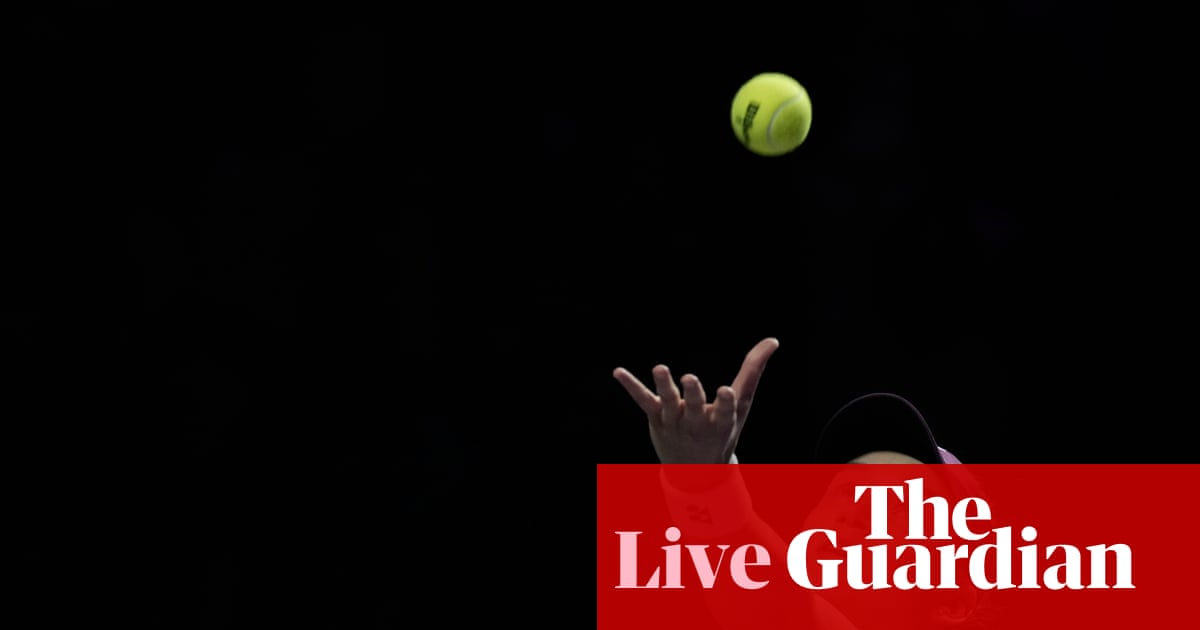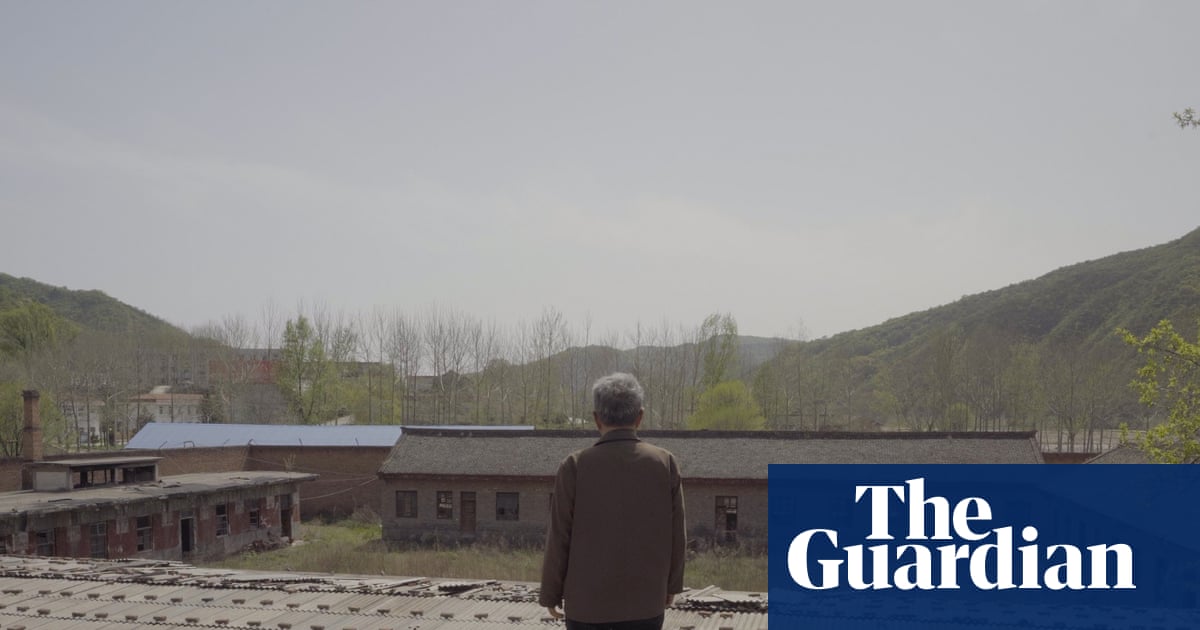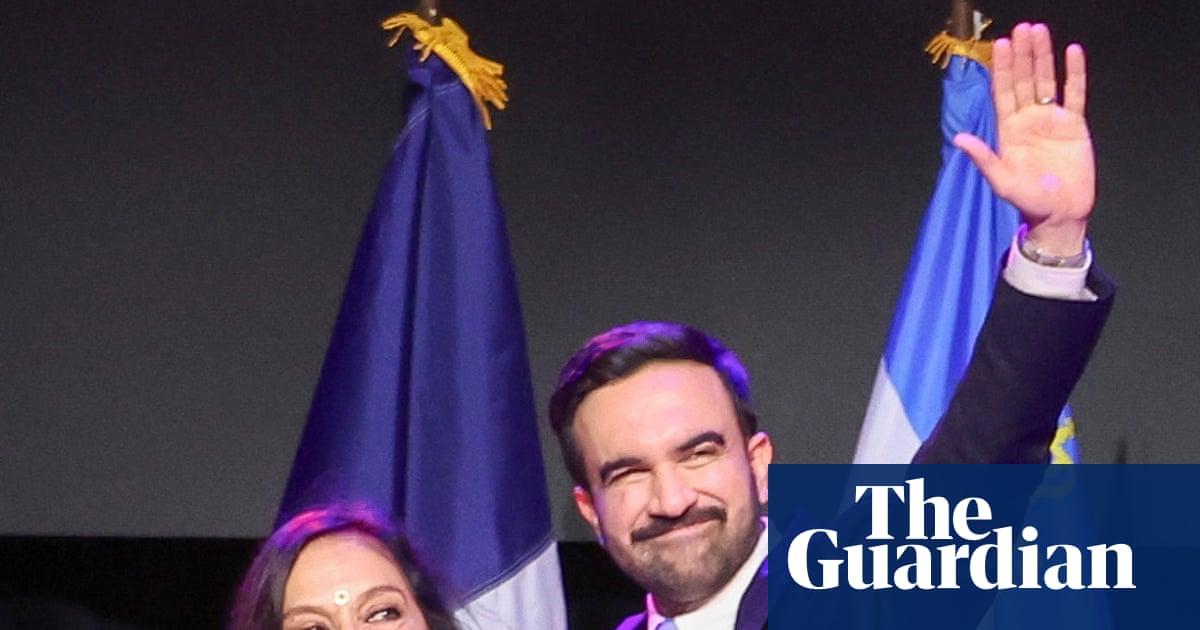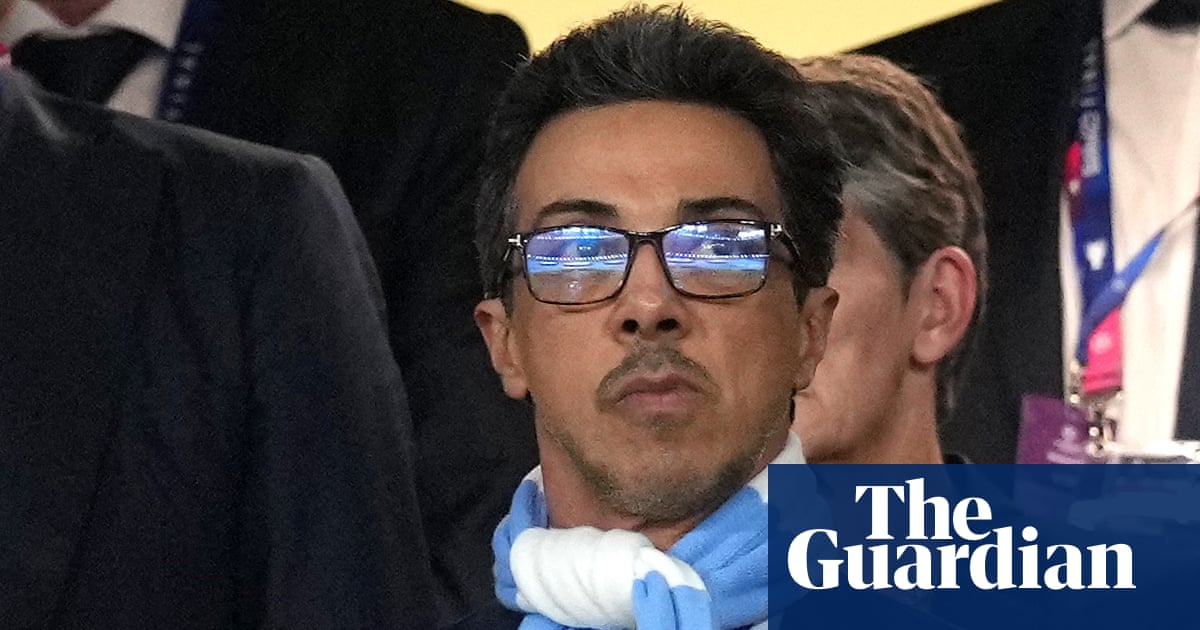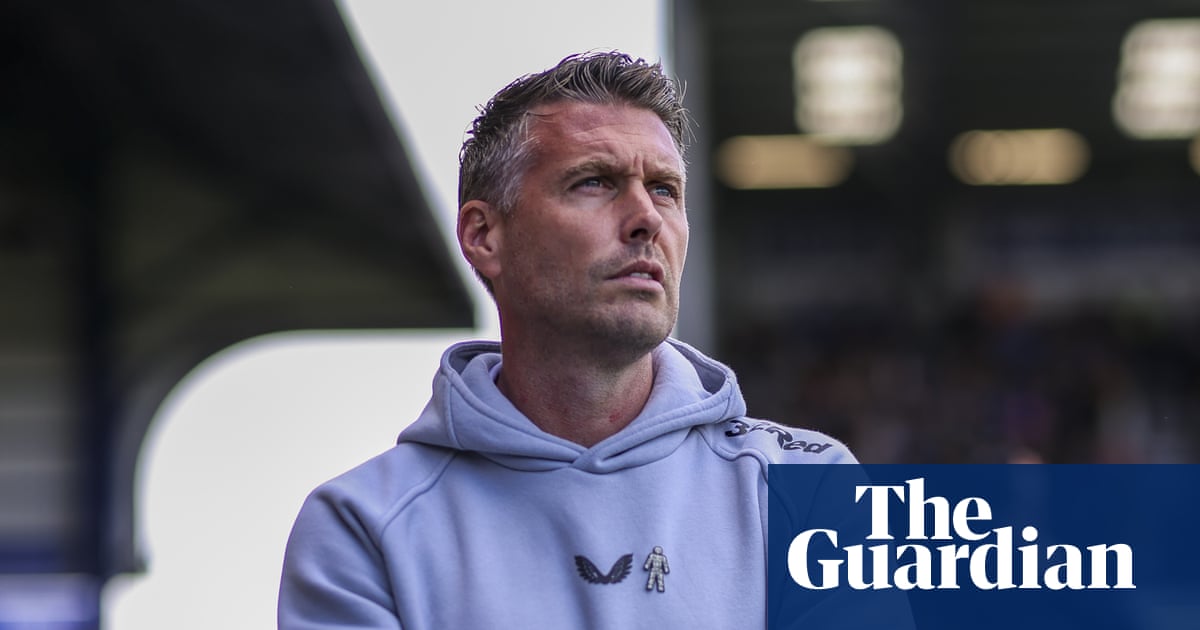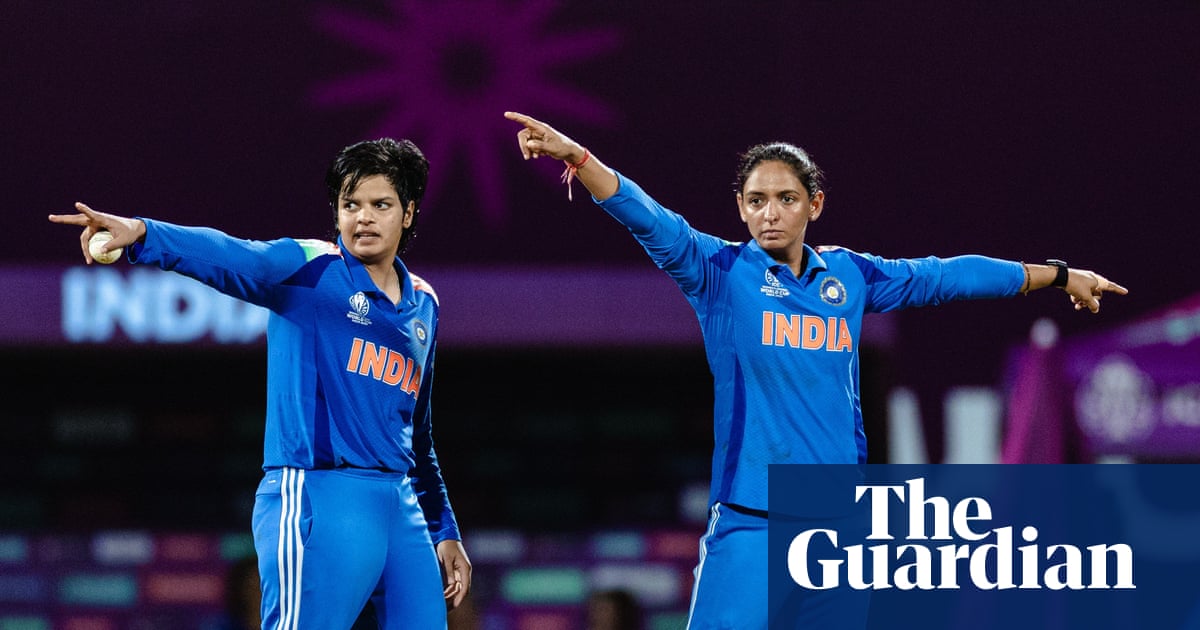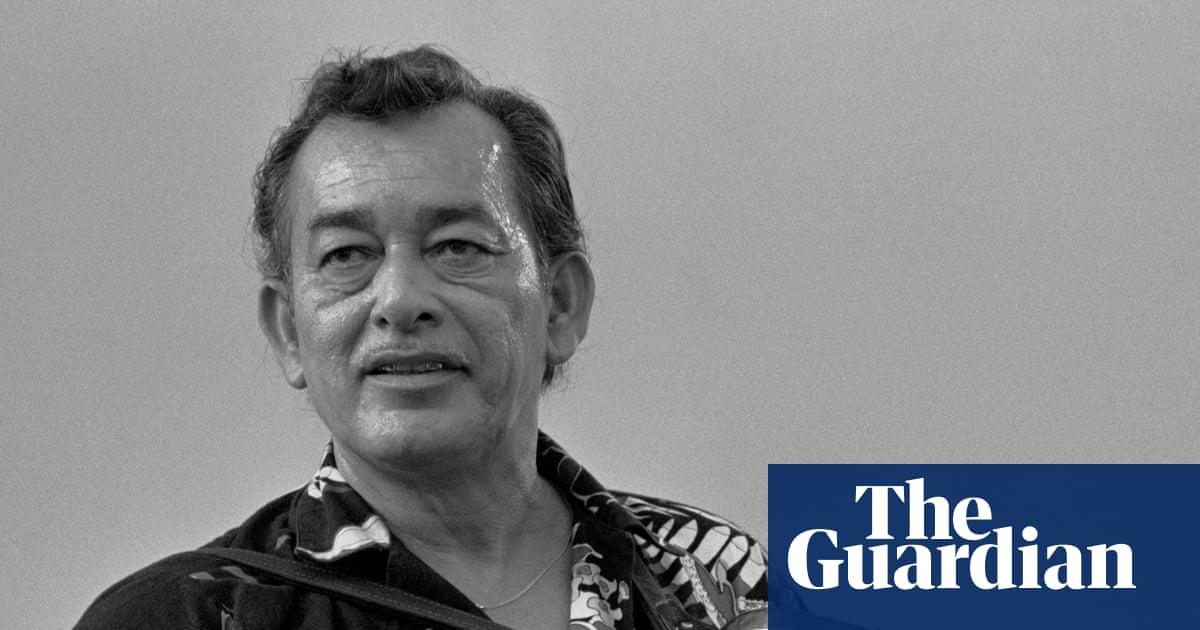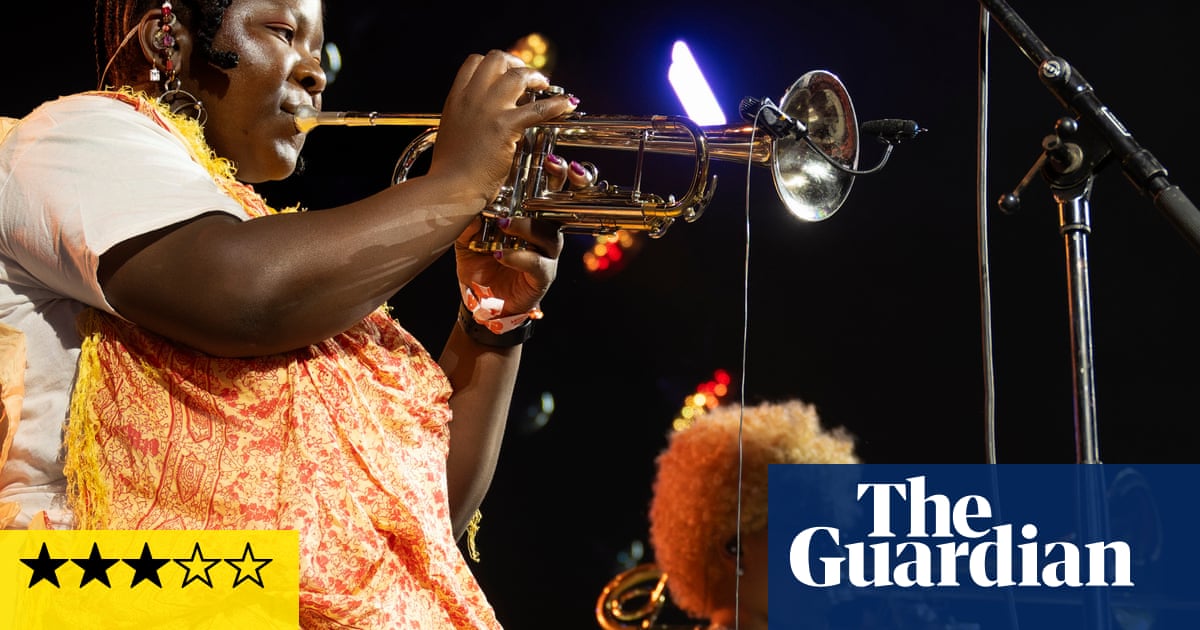For a nation with a population of 10 million, with a men’s national side that failed to quality for three of the past four World Cups, Sweden have a track record in women’s football that belongs to a sporting superpower.
Sweden finished third at three of the past four Women’s World Cups and are five-time World Cup semi-finalists. They also claimed the silver medal at the Rio de Janeiro and Tokyo Olympics. In Europe, their success is even more consistent and they stand one win from a 10th European semi-final when they meet England in Zurich on Thursday. Their men’s national side has not reached a world or European semi-final for more than 30 years.
This unrelenting strength in women’s football stems from way before even their triumph in the inaugural Women’s European Championship in 1984; it goes back to the 1960s, at a time when the women’s game was banned in England.
Jonny Hjelm, a professor in the department of historical, philosophical and religious studies at Umeå university, has co-authored papers on women’s football including A Breakthrough: Women’s Football in Sweden, which assessed its development between 1965 and 1980. He says: “In 1968, the local football authorities in western Sweden accepted football for women and had pioneers who could start a league. This league developed icons.
“Denmark was actually a couple of years ahead of Sweden in the development of serious women’s football in the 1960s – they had a league in the beginning of the 60s which we in Sweden did not have. But you’ll find the same pattern in Norway, Denmark and Sweden when you talk about women’s football. On a very general level, there is a correlation between women’s position in society and their performance in sports arena, and women’s rights were very different here compared to some other countries.
“In [some countries] football was very strongly connected to masculinity. You’ll find that in the Nordic countries too, but not to the same degree. When Umeå won the European title [in 2004] with players like the Brazilian Marta, players could train two times a day, the Damallsvenskan had the best international players and the young girls in Umeå had idols just around the corner.”
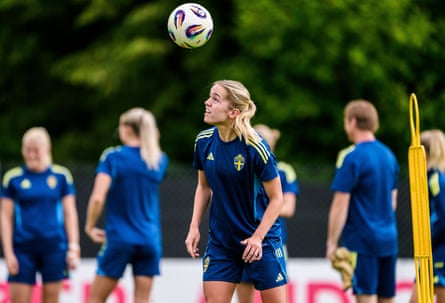
Hjelm is not alone in thinking the country’s relatively liberal views have played a part. Linus Gunnarsson, a Fifa-licensed agent from Linus MGMT and a lawyer at the MAQS law firm, based in Sweden, has been working in the women’s game since 2019 and says: “It’s a country where I think the attitude towards gender equality has always been very progressive, so there’s always been a culture to promote women’s football. Also in Sweden, the youth development system is at the forefront, and then also the Swedish FA has been relatively good, historically, in promoting women’s football as well.”
But how does that translate to consistently reaching the latter stages of tournaments? Mia Eriksson, the sporting director at the Damallsvenskan club Linköping, praises the league’s attitudes towards enforcing top-level coaching: “To coach in the Damallsvenskan, you need a Uefa Pro licence, the highest licence to coach, and that’s not the case in the WSL for example. That says a lot about the Swedish model. We have high demands.
“You can’t just come and coach here, you have to meet high standards here. We are very tactical and our gameplans require a high level of tactical knowledge from the players. Now you see [at Euro 2025] the Swedish players are really good at winning the ball high up the pitch.
“The ‘team’ is also key to team sports in Sweden. Other teams have great stars who can win a game on their own, but if they don’t perform, the whole team can collapse, whereas Sweden also has big stars but they can do everything as a team. That’s the culture in Sweden. We are raised that way: it’s all about the team machine. And our league has been one of the greatest leagues for many, many years, creating so many senior players across the Euros.”
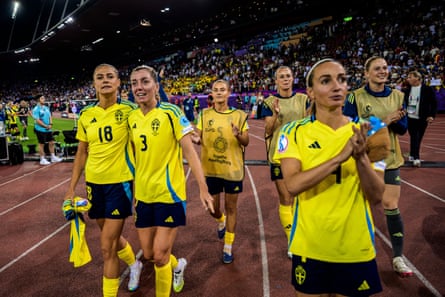
Gunnarsson’s first clients in the women’s game were the Sweden forwards Anna Anvegård and Stina Blackstenius, the Arsenal striker who scored the winning goal in last season’s Women’s Champions League final. “Women’s football gets a lot of media coverage here and [the public] is closely connected to women’s football,” he says. “And the [national team] is an insanely good group of world-class football players in every position, as well as a strong team. So we expect them to be up there.”
after newsletter promotion
Gunnarsson is speaking from Gothenburg, where the largest youth football tournament in the world, the Gothia Cup, is taking place this week, in a city that prides itself on developing young stars. But even though the national team are thriving, are the best players eventually going to abandon the Swedish domestic league?
“The Damallsvenskan is still one of the best leagues,” Gunnarsson says. “Of course it’s not always going to be, with the big countries investing more and more, but this is how it should be. Sweden shouldn’t have the best league in the world – that wouldn’t make sense. But I still think it’s one of the best and right now, it’s probably stronger than ever, because we have clubs like Malmö, Häcken, Hammarby, huge clubs on the men’s side that are also making huge investments on the women’s side.
England v Sweden: past three meetings
ShowEngland 4-0 Sweden, 26 July 2022, Sheffield
"One of the best goals you will ever see," the former England defender Stephen Warnock said – and few disagreed. Alessia Russo’s audacious backheel nutmeg sealed England’s third in style, a goal of the tournament winner from the bench. The Euro 2022 semi-final against Sweden played out like a dream: Beth Mead opened the scoring, Lucy Bronze powered in a header, and Fran Kirby’s clever lob capped it off. Four goals, four statements. The Lionesses were ruthless. Sweden simply had no reply.
England 1-1 Sweden, 5 April 2024, London
Sweden looked nothing like the side torn apart at Euro 2022. In a closely contested qualifier, they held firm against an England team dominant in possession but short on chances. Alessia Russo, once again in imperious form, broke through with a striker’s dream – a one-on-one calmly slotted home. Both sides grew bolder as the game wore on. A moment’s lapse from the Lionesses and Sweden’s rising star Rosa Kafaji Roflo punished them with an electric equaliser – well-earned.
Sweden 0-0 England, 16 July 2024, Gothenburg
It may have ended goalless but England got what they came for. A draw in Gothenburg sealed their place at Euro 2025. "Keeping it to 0-0, qualifying from a very hard group – I'm very relieved," the head coach, Sarina Wiegman, said. The Lionesses impressed early but faded, relying on the goalkeeper Hannah Hampton to keep their clean sheet. Georgia Stanway came closest to scoring with a strike from distance. Sweden, backed by a lively home crowd, failed to capitalise on the buzz.
Nasra Abdi
“Of course there is bigger money in other countries but, when it comes to how the clubs are being run, we are really far ahead, because a lot of the clubs here have a really good environment to play in.”
The Swedish club model applies a 51% rule safeguarding fan control, which has meant Europe’s giants have stormed past Swedish clubs in the past 15 years financially. Eriksson, who has also worked in the media and in football analysis and scouting in Sweden, says she is not worried about the Damallsvenskan’s future, though: “We can’t sell clubs out to be owned by oil companies so, no, we won’t be able to keep up, but that doesn’t mean we can’t still be in a great place.
“What I do think is that Swedish women’s football, from now on, needs very clear strategies on how we are going to work to bring in the money and get everything spinning still. But we will still be able to do what the Swedish women’s national team are showing right now, which is that we can be really good at what we are good at.”

 3 months ago
111
3 months ago
111
